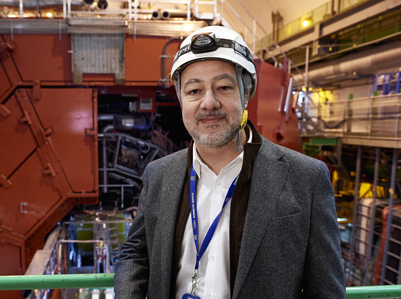
In mid-May Quark Matter 2018 was held in Lido di Venezia, the 27th International Conference on ultra relativistic nucleus-nucleus collisions, which brought together hundreds of physicists from all over the world to discuss new developments in high-energy heavy ion physics. The conference focused on the fundamental understanding of matter in conditions of extreme high temperature and density. In such conditions, which were a feature of the very early universe, matter appears as a plasma of quarks and gluons, with quarks and gluons not confined within protons and neutrons of the atomic nucleus. In Venice, we met one of the leading scientists in this field, Federico Antinori, INFN researcher and spokesperson of ALICE (A Large Ion Collider Experiment), which is an international collaboration involving over 1500 people, counting physicists, engineers and technicians, from 37 countries around the world, and one of the four main experiments at the Large Hadron Collider (LHC) of CERN, dedicated in particular to studying quark gluon plasma. Federico Antinori has been part of this collaboration since the very beginning and he has covered a number of managerial positions over the years. In 2012, he was appointed coordinator of the physics of ALICE and while he was in charge the experiment produced several of its most important results. Since January 2017 he has been the head of the experiment, an appointment he will hold until December 2019.
ALICE is a unique experiment, its objectives are very different from the other LHC detectors, ATLAS, CMS and LHCb. These two experiments have been designed to study high energy proton-proton collisions, and to detect and study the Higgs boson, what are ALICE's main objectives? What was the experiment designed for?
Yes, ALICE is rather different from the other Large Hadron Collider experiments, it is indeed designed with the specific aim of using heavy nuclei accelerated in the LHC in order to recreate in the laboratory an extreme state of matter, which we call the Quark Gluon Plasma (QGP). We think that QGP was present in the very first microseconds of life of the universe.
...
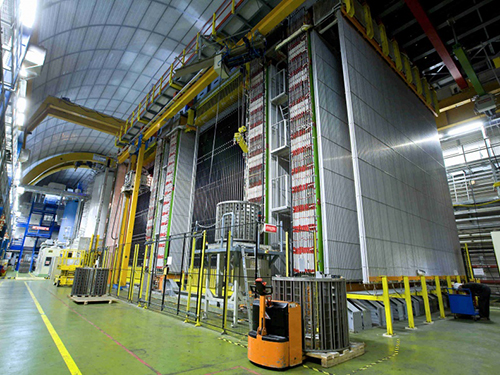
The international programme of the OPERA (Oscillation Project with Emulsion-tRacking Apparatus) experiment announced its final results on 22 May, during a seminar at the INFN National Laboratories of Gran Sasso (LNGS) and in an article published in the scientific magazine Physical ...
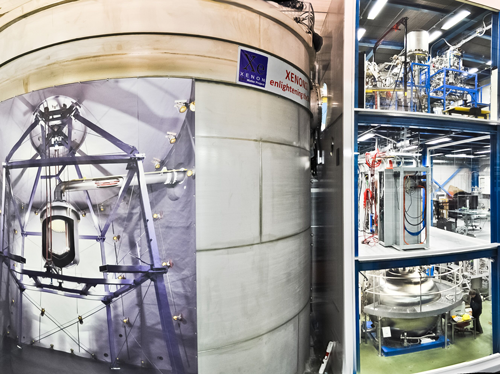
The XENON1T experiment, for direct research of dark matter at the INFN National Laboratories of Gran Sasso, announced its latest results on 28 May. The data observed by the experiment agree with the forecasts of the small expected background, in other words, those events similar to an interaction ...
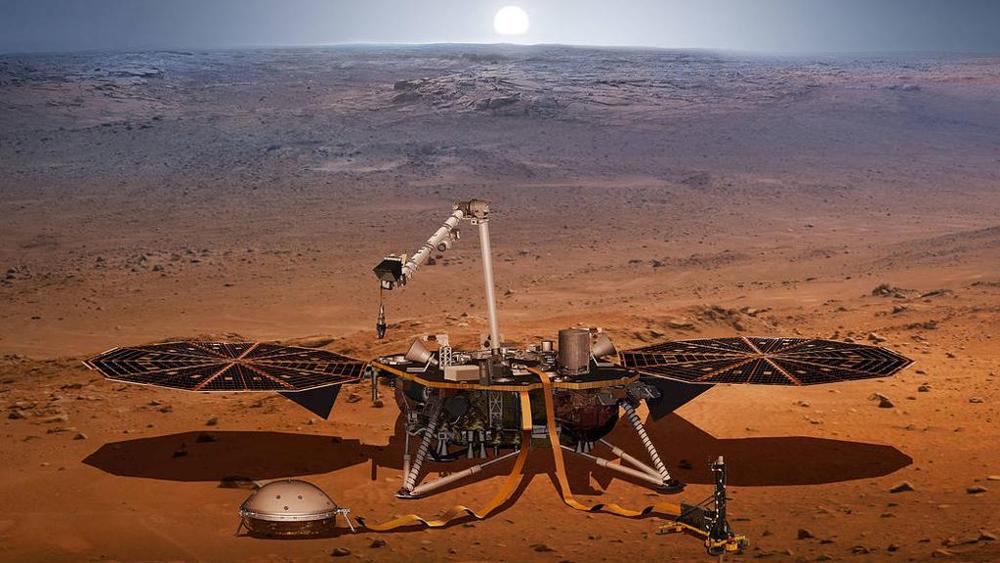
On 5 May, at 04:05 California time (13:05 in Italy), the Martian lander, InSight (Interior Exploration using Seismic Investigations, Geodesy and Heat Transport), was successfully launched from the Vandenberg base in America, to start its NASA mission to Mars. Equipment on board ...
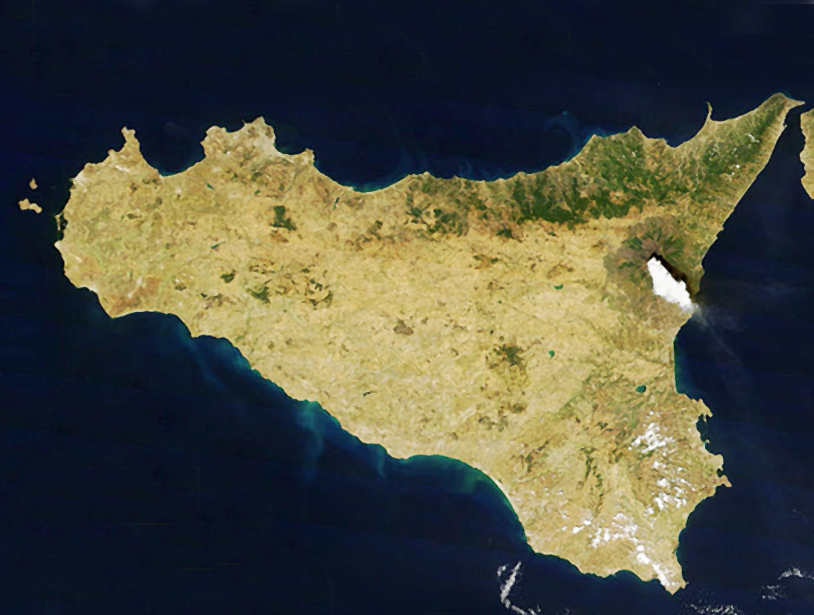
There is an idea for making use of optical fibers to identify small movements caused by fault lines on the sea bed off the coast of Sicily, involving the undersea infrastructure of the INFN National Laboratories of the South, which is currently under construction (the Idmar Project, realized thanks ...
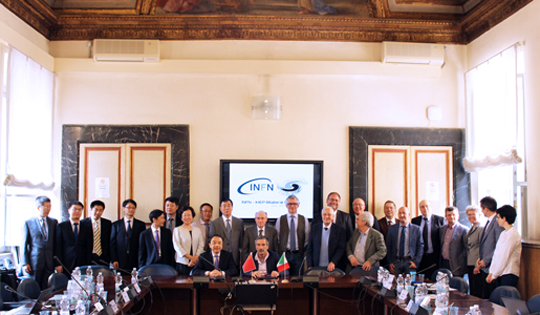
The bilateral meeting between INFN and its main scientific and technological partner in China, the Institute of High Energy Physics (IHEP), which was held from 9 to 10 May in Rome in the offices of the INFN Presidency, provided an opportunity to highlight and strengthen the productive cooperation between ...

The first videogame set in the biggest underground astroparticle physics laboratories in the world, the INFN National Laboratories of Gran Sasso, was launched on may 27th on the occasion of the lab’s Open Day. ...
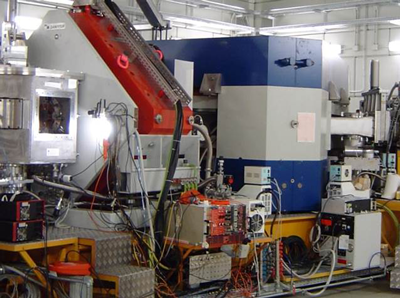 NUMEN: NUCLEI AND THE FUNDAMENTAL NATURE OF THE NEUTRINO
NUMEN: NUCLEI AND THE FUNDAMENTAL NATURE OF THE NEUTRINO
The May edition of the European Physical Journal, Hadrons and Nuclei has announced the first results of the NUMEN (NUclear Matrix Elements of Neutrinoless double beta decay) project, together with an updated, detailed overview of the R&D activities relating to the project and associated theoretical developments. NUMEN is installed in the INFN Southern National Laboratories, in Catania, and brings together joint international cooperation, also including, for Italy, the INFN divisions of Catania, Turin and Genoa. The project focuses on studying the nuclear characteristics of the phenomenon of neutrinoless double beta decay, with its important implications for the physics of neutrinos and astroparticle physics, in order to study cosmic neutrinos and dark matter. ...
cover image:
Southern National Laboratories - INFN © INFN
INFN - COMMUNICATIONS OFFICE
comunicazione@presid.infn.it
+39 06 6868162